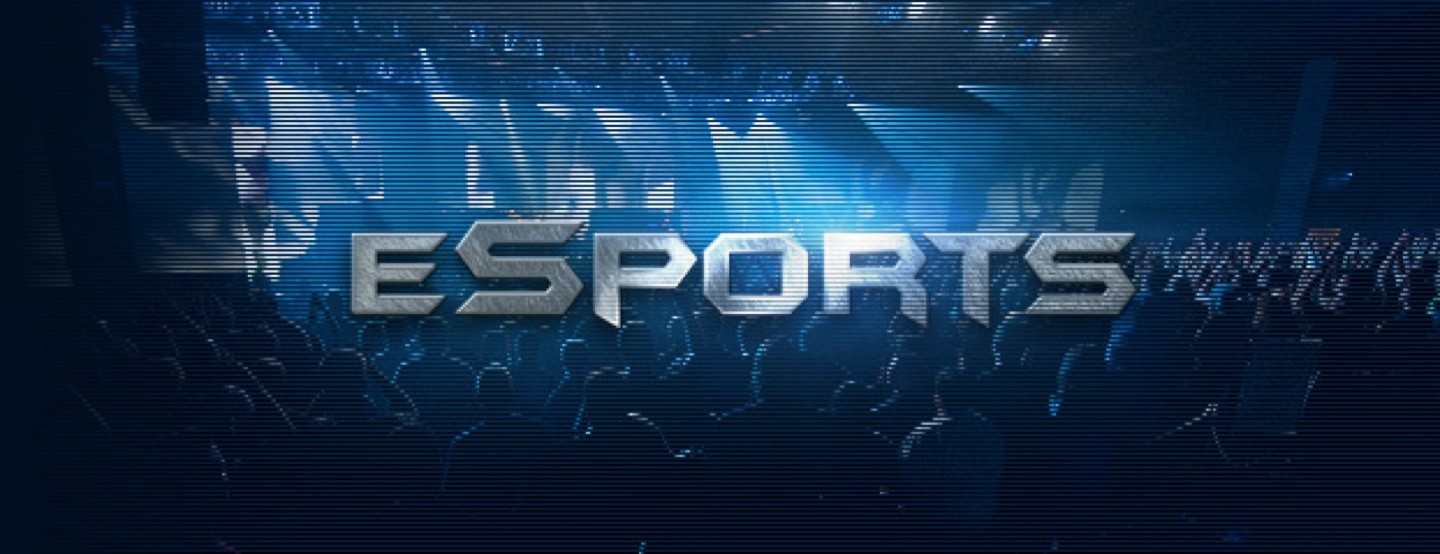One
of the most fascinating aspects of the digital revolution is how it has enabled
new content forms and consumption models to develop and thrive. For decades,
video content came in standard packages – a 30 minute episode, a 90 minute film
and so on – and from traditional providers, be it your local broadcast
affiliate, movie theater or corner store. Today, however, video entertainment
defies standardization. It is simply what entertains.

Hollywood
has struggled with this idea. How could vlogging be mainstream entertainment?
How is PewDiePie more popular than a top rated television series? The answer,
though interesting, is somewhat beside the point. The media business is about
“eyeballs” and every day these eyeballs embrace newer and less conventional
formats. eSports may be the most evocative example of this trend. As REDEF
Originals writer Prashob Menon explains below, “electronic sports” are not only
much bigger than many believe, they are already challenging Top 50 cable
networks and beating sports channels such as Fox Sports 1 and the NFL Network.
No platform, after all, is dominant forever.
Last
year’s League of Legends championship, for example, drew nearly 30 million
viewers, putting it in line with the combined viewership of the 2014 MLB and
NBA finals, or the series finales of Breaking Bad and Two and a Half Men, plus
the Season 4 finale of Game of Thrones. As with most sports, competitive gaming
is now firmly entrenched in the US college system. The country’s largest
collegiate league counts more than 10,000 active players, some of whom are on
full athletic scholarships. Eager to capitalize on growing interest in the
sport, Major League Gaming (MLG) opened the first dedicated domestic eSports
arena in October 2014, and major brands such as Ford, American Express and Coke
have begun forming partnerships with game developers, teams, players, event
organizers and video distributors. What’s more, the US Department of State has
been issuing athlete visas to competitive gamers since 2013.
It’s
becoming increasingly difficult to say eSports aren’t “real” sports, but the
bigger question is whether it even matters. The media business is about
eyeballs, and audiences are turning up in droves for the likes of Defense of
the Ancients and League of Legends. Any media company looking to protect or
establish an empire would be foolish to look down on such an opportunity,
however arcane.
The
Perfect Audience?
Though
the eSports narrative tends to focus on the industry’s marquee tournaments and
events, this overlooks the ways in which the genre has integrated itself into
the daily lives of millions worldwide. In March 2015, Twitch averaged more than
600,000 simultaneous viewers, reached an audience of 51M worldwide and
delivered more than 26B minutes of video entertainment. On a domestic basis,
11B minutes were watched in March – representing roughly 14 hours for each of
the 13M American viewers. This consumption is so great that Twitch is already
larger than 70% of American television networks, as well as Amazon’s own OTT
video service.
At
REDEF, we consume all types of content – from indie films to long form points
of view, executive perspectives and the passionate blog posts of industry
insiders and outsiders. Our curators sift through the infinite so that our
members will always find the content, opinions and experiences that they need
to stay informed about their business and its future. Rather than tell new
stories, we’re focused on making sure the “right” stories make it through in
the hyper-fragmented Internet era. We hope you enjoy Prashob’s piece and be
sure to subscribe to REDEF and its newsletters here. – Jason Hirschhorn
A
few weeks after Amazon spent $1B buying the live video game streaming platform
Twitch, ESPN president John Skipper was asked for his thoughts on the
burgeoning “eSports” opportunity. “It’s not a sport — it’s a competition,” he
responded, continuing that “chess is a competition. Checkers is a competition…
Mostly, I’m interested in doing real sports.”
This
type of ostracizing skepticism isn’t new to sports. A similar distinction was
made by industry executives, sportscasters and sports fans when “extreme
sports” started receiving press coverage in the early 1990s. In fact, many of
the same arguments have been repurposed, such as the claim that “real” sports
require innumerable hours of intense mental and physical training. Today,
however, few still question the legitimacy of extreme events or their athletes.
This year, ESPN will host its 20th annual Summer X-Games and 17th annual Winter
X-Games, each of which will draw between 30 and 40 million US viewers. What’s
more, eight of the 12 new events at the 2014 Sochi Winter Olympics began at the
X-Games.
eSports,
too, are rapidly developing. Professional players now practice 8 to 12 hours
each day just to stay on the top of their game and invest much of their
remaining time researching the techniques and styles of their competitors.
Those looking to be title contenders hire expert coaches to lead them through
rigorous training programs and perform the type of post-game analysis that
matches even the most technical of NFL players. “You’re literally sacrificing
your [youth] to become a professional gamer,” former World Tour Champion
Johnathan Wendel told the Kernel last year. “You have to sacrifice time, time
with family, time with everyone. You’re focusing on yourself on becoming a
better player at all times… [else] you’re not going to be the best in the
world.” For these players, being the best means joining leagues, or trying out
for/being traded to (or benched on) professional teams, and most notably,
joining the tournament circuit. eSports tournaments, in fact, may be the best
representation of the industry’s newfound prominence. Though once relegated to
basements and warehouses, these events are proliferating across the globe and
building audiences that can reach tens of millions.

No comments:
Post a Comment